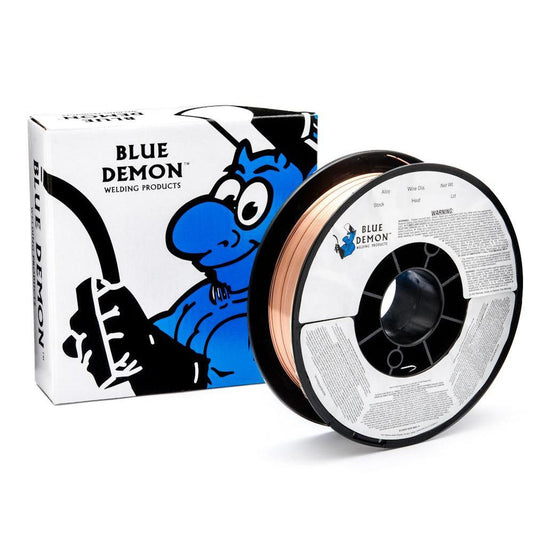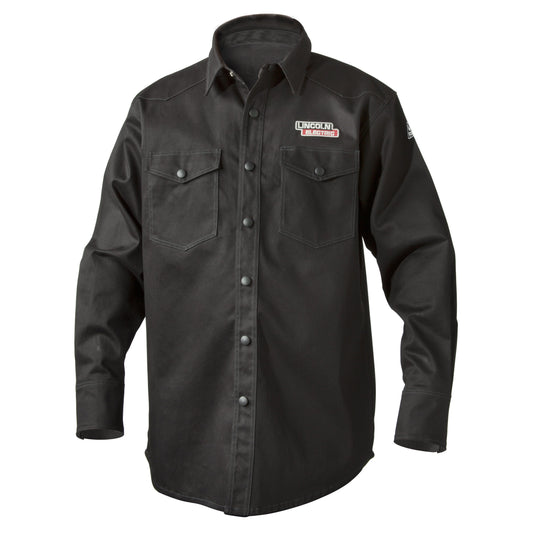Whenever a welding technique must be performed using a MIG welder, you can expect spatter to occur. Spatter is what is left of the wire electrode that did not fuse with the weld puddle. If you have too much spatter on your work piece it can ruin the finish of the metal. To help avoid spatter from occurring when you MIG weld, you should properly set your MIG welder. This will only reduce the amount of spatter. Whenever MIG welding is performed there is always spatter, but the important thing to do is to keep the spatter from sticking to the surface of the work metal.
To help keep the amount of spatter to a minimum you will need to adjust the settings on your MIG welder. When you feel that you have the appropriate settings you should perform a test weld in a short stitch welding pattern. Once you have performed the test weld you will want to examine the area around the weld joint for large amounts of spatter. If you notice that there is still an excessive amount of spatter you should turn down the wire speed slightly and perform another test weld. After you completed the second test weld you will need to inspect that weld and compare the amount of spatter between this weld and the first test weld you performed. If you still notice a high amount of spatter you should lower your wire speed again and increase the voltage slightly. Perform the test weld again. If you are satisfied with the reduced amount of spatter and you can still produce a solid weld, you should be ready to proceed.
You may also want to use a can of anti-spatter when you are MIG welding. This will help reduce the amount of spatter. To use anti-spatter spray you should shake the can for 30 seconds and then spray the area where you will be welding. It is important that you do not spray a large amount of anti-spatter on to the weld joint itself; an excess amount of anti-spatter can cause small welding defects, known as porosity, to occur. When this occurs your weld joint will not be as strong as it should be. Anti-spatter spray is a great tool for welders to use, but only when it is applied in the appropriate manner and doesn’t compromise the quality of your finished weld.



